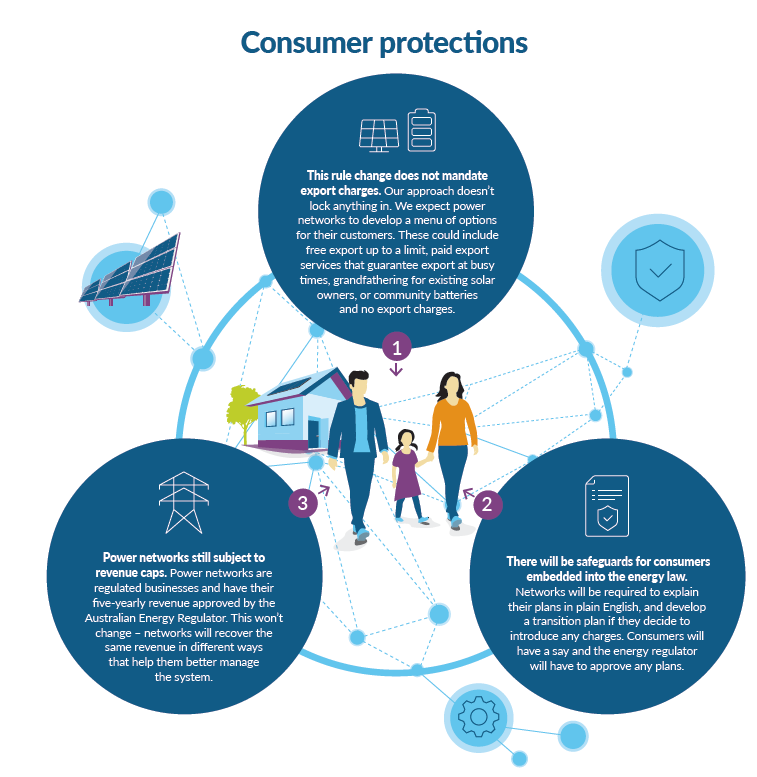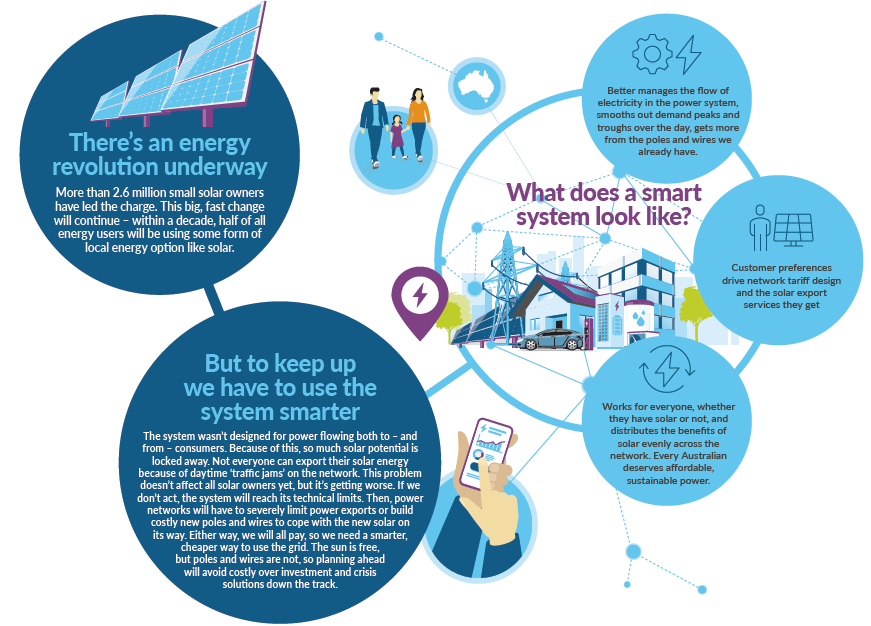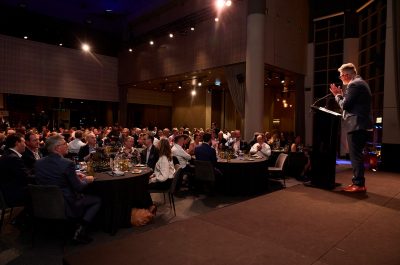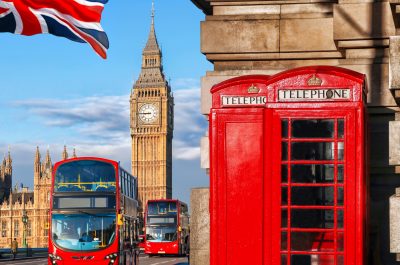More heat than light as AEMC sparks solar debate
Over the past week The AEMC’s draft determination has been portrayed by some as a ‘solar tax’. There’s been more heat than light – and sensible policy discussions, like solar panels, don’t work so well in those conditions.
This proposed rule change is vital if we are to deliver a smarter, fairer electricity grid that can enable all customers to connect their solar and export their power generation, while keeping network costs as low as possible.
The staggering uptake of solar panels over the past decade has proven that Australians are willing to make the investment in the infrastructure needed to reduce their carbon footprint, gain more control over their energy use and reduce their power bills. However, this rapid and increasing uptake of solar is causing problems for the electricity grid that are becoming too big to ignore.
Figure 1: AEMC Factsheet, Have your say: making room for more solar and new tech energy
Why the need for change?
Distributed energy resources (DER) are devices like rooftop solar, batteries, and electric vehicles. All of them help the grid have less reliance on fossil fuels and harness the power of our natural resources like the sun.
However, these 21st century devices are being plugged into a 20th century grid and regulatory framework built to only support the traditional one-way flow of electricity. With more and more customers owning DER, we now have a two-flow system with power also being fed back into the grid. As a result, “traffic jams” on the grid – as the AEMC describes it – are occurring more regularly.
With power running in both directions and an oversupply of energy when the sun is shining, energy networks are working hard to ensure the voltage balance is maintained and that efficient investment is undertaken to enable more customers to connect and export their solar power. However, the current regulatory framework is not designed to support this at a system-wide level.
Customer-driven change
This draft decision combines three rule change proposals driven, it is important to note, mainly by customer representatives. One was from St Vincent de Paul and another a joint proposal from Total Environment Centre and the Australian Council of Social Services, along with one from South Australian Power Networks. It is an example of a successful co-design process with networks, consumer groups and renewable groups working together to propose an overall solution for the future. These came out of an earlier, very broad, Australian Renewable Energy Agency (ARENA) consultation process. The AEMC’s draft decision is consistent with the many discussions held around the challenging issues of access and pricing for DER.
Regulatory change to incentivise solar export services.
Even though more than two and a half million Australian households have solar, the existing rules only require distributors to offer one-way import services to customers. One of the key changes the AEMC is proposing is to update the regulatory framework to clarify that distribution services are now two-way and include export services. This puts a requirement on distribution network service providers (DNSPs) to enable solar and incentivises them to do so.
Flexible pricing and tariff options
The rule change would allow networks to develop two-way pricing options to reward customers for export when its needed and charge for exporting when demand is low. It is critical to note that any export charges introduced cannot increase revenue for DNSPs. Network profits will not go up. Network tariffs are designed to recover a set target revenue allowance set by the Australian Energy Regulator (AER). Specific tariff designs do not increase revenue for DNSPs, hence introducing export tariffs alone is revenue neutral. In fact, because total network revenue is capped, any revenue raised from export charges will lead to lower network usage charges for all solar and non-solar customers.
Figure 2: AEMC Factsheet, Have your say: making room for more solar and new tech energy
Big generators don’t pay to use the grid?
There has been some commentary claiming big generators do not pay to use the grid. They do, they just pay differently. Those that use the transmission lines must pay significant up-front costs to connect as well as fees to make sure that they do not do anything to impede the reliability and security of the system – the ‘do no harm’ system strength provisions. Further, where there is congestion in the transmission grid, all generators in that area (thermal and renewable) are penalised by low marginal loss factors that reduce their returns and they also face the risk of being constrained off.
While generators have historically paid only shallow connection charges, new generators connecting to renewable energy zones (REZ) are likely to contribute to the cost of new transmission built to serve the REZs. The Energy Security Board continues to work towards location marginal pricing to better reflect grid congestion, which is like the concepts the AEMC is looking at in the draft determination.
What do customers want?
The feedback from network customer consultations has been clear: customers want the network to accommodate more solar, but they want limits on that expenditure and are happy to tolerate occasional constraints on solar output to balance that.
Some parts of Australian networks are already at solar saturation and those who want new solar connections are being told they are not able to export their power back into the grid – customers are already facing costs from being blocked form exporting. These zero export limits are rightly viewed by customers as a ‘first-in, first-served’ approach that is unfair; rather, all customers should be able to export some solar. The AEMC draft decision is designed to meet these challenges by encouraging greater solar hosting capacity and fairly apportioning costs.
Regulatory oversight
Each network will determine, in consultation with its customers, how it incorporates solar enablement into its pricing and regulatory resets, which are approved every five years by the AER.
Export charging is not a panacea, but it needs to be part of the plan, along with better signals for everyone to consume more when there is excess solar – like SA Power Networks’ solar sponge tariff. Material export charges are not going to be introduced anytime soon and in fact, when they eventually are incorporated, they may not raise much revenue as they will encourage self-consumption, electric vehicles and household batteries.
This is the ideal outcome, as it would reduce the strain on the grid and keep costs down for everyone.
Where to next?
These are significant changes to the way our system operates and there is a task ahead to communicate these changes to customers. DER integration is a major challenge.
The blunt reality is without the sort of changes facilitated by this AEMC draft decision, we will end up stuck in a world where we have more pressure for networks to increase spend on solar enablement, more zero export limits and more solar curtailment. That’s all bad news for customers, so let’s keep going with this rule change.





